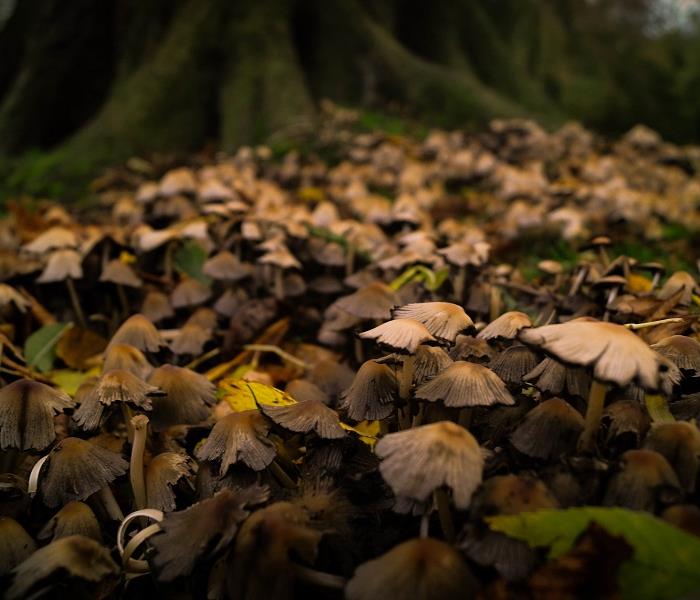Elizabeth City/Outer Banks Mold Facts Part 2
6/20/2016 (Permalink)
Welcome to Part 2 of our two part series on Frequently Asked Questions about mold!
Q: What are the main sources of water and moisture for mold growth?
A: Common indoor moisture sources include humidifiers, cooking and dishwashing, bathing, plumbing leaks, house plants, firewood storage indoors, improper venting of clothes dryer/indoor clothes line, and combustion appliances. Common outdoor sources of moisture include roof leaks, flooding, rain or snowmelt, seasonal high humidity, ground moisture, and wet building materials.
Q: How do we best manage mold spores form floating around indoors?
A: Mold spores are aerodynamic. Spore laden areas should be pressurized negatively and clean areas should be pressurized positively to minimize cross contamination.
Q: What is the most effective way to manage mold?
A: The most effective way to prevent mold growth is to keep materials clean and dry; if they get wet, dry them quickly before mold growth can start.
Q: Can biocides be used to effectively manage mold?
A: Biocides are useful poisons designed to kill microorganisms. Serious concerns about biocide use may include toxicity to all forms of life, they can be inactivated and be ineffective as poisons, and some may cause damage to materials. Biocides will only slow the mold problem down; it will not correct the problem. The environmental conditions that support mold growth must be changed. Remove water and the organic food source.
Q: Can ozone be used to manage mold?
A: No, ozone is totally ineffective in mold management and on top of that is toxic to humans.
Q: How do we manage fungal spores in the air?
A: Properly designed airflow across a source of mold spores carries airborne contaminants into the air filtration device where they are trapped. This principle can be applied to vacuum cleaners and air filters.
Q: Do we need a HEPA vacuum to remove mold spores from a building?
A: HEPA vacuums are useful professional tools, but they are not essential to the removal of mold spores. HEPA filters were designed in the 1940’s to trap energized nuclear particles. Any vacuum that can filter particles down to one micron or less, if applied consistently, will remove large amounts of mold spore from an indoor environment.
Q: How can we best get rid of mold spores?
A: Do not let mold grow to begin with. Keep the environment clean and dry. If mold does grow, contain the growing mold along with its wet food source (i.e. wrap it in plastic and get it outside) before spores are released to the air. If spores are released, remember that they settle onto the surfaces hours after activities end in the exposure area. Effective vacuuming and damp wiping of walls and hard surfaces, vacuuming of fabrics to include carpet is effective in the removal of mold spores before they can get put back into the air.
Q: How should we manage environmental quality in the face of demolition or mold-damaged material removal?
A: Demolition procedures on a restoration project should be performed in such a way as to minimize and control dust to include mold spores and other biopollutants. Controls applicable to mold management include source containment before removal, minimization of air activity prior to containment, containment and negative air pressurization of contaminated area.
If you find or suspect mold in your home, Call SERVPRO of Elizabeth City/Outer Banks at (252)331-7889/(252)480-8557 today!






 24/7 Emergency Service
24/7 Emergency Service
